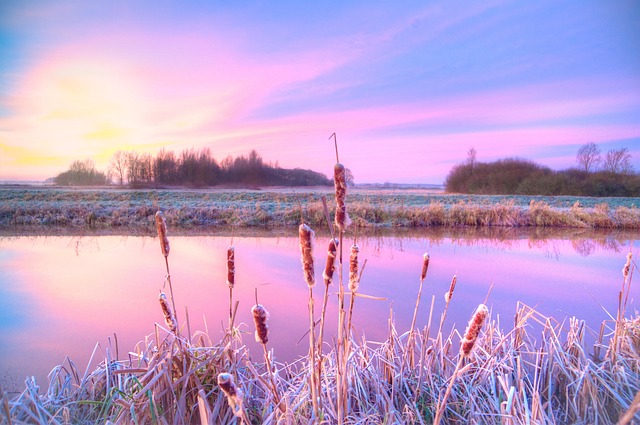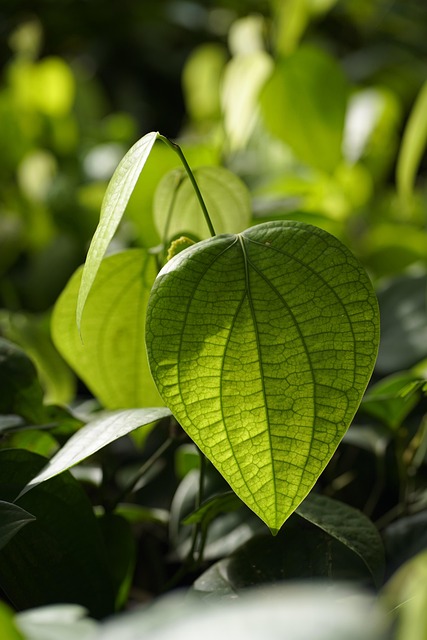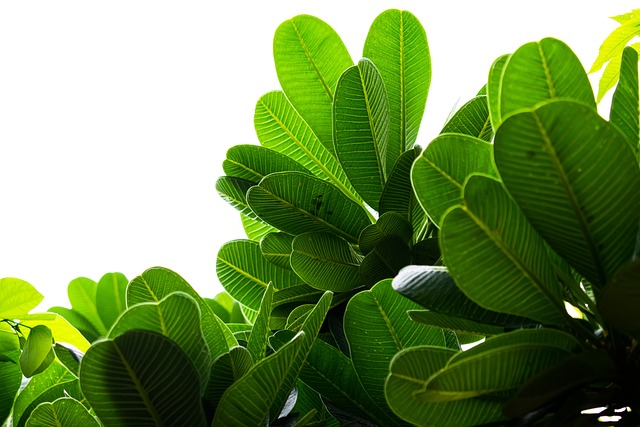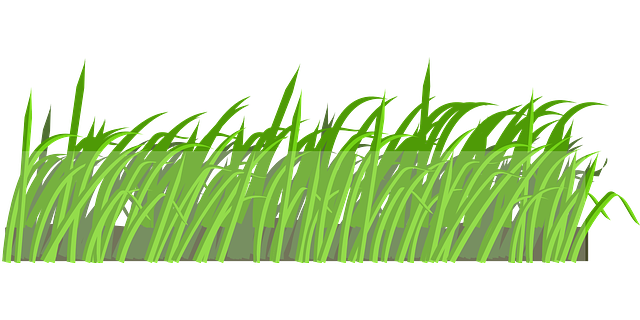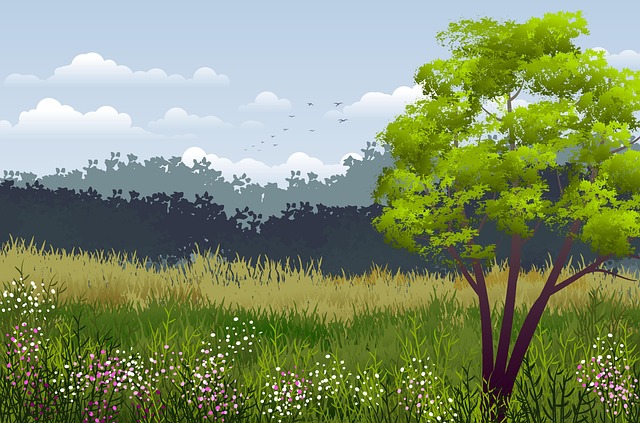Designing yards with water-efficient, native plants is an eco-friendly approach that benefits both properties and local ecosystems by conserving water, attracting wildlife, reducing maintenance, and contributing to sustainability. This is especially advantageous in regions facing water scarcity or aiming to decrease water consumption, as these plants require minimal irrigation, demand less maintenance, and support biodiversity. Creating drought-tolerant gardens using native species tailored to local conditions, like succulents or deep-rooted shrubs, ensures resilience with minimal watering, proper sunlight, well-draining soil, and strategic mulching. This strategy appeals to eco-conscious buyers and tenants while offering significant financial savings for real estate owners.
In today’s water-conscious world, choosing native plants for your yard is an eco-friendly and practical decision. This article guides you through the process of selecting water-efficient native species suitable for your landscape. We explore the numerous benefits of incorporating low-water native plants in your garden, from reduced water usage to improved biodiversity. Learn valuable tips on creating a drought-tolerant haven that not only conserves water but also enhances your property’s value in the real estate market.
Identifying Water-Efficient Native Species for Your Yard

When designing your yard with water-efficient native plants, it’s essential to choose species well-adapted to local conditions, requiring minimal irrigation once established. This not only conserves water but also supports biodiversity by providing habitat for native wildlife. Start by identifying plants that are naturally drought-tolerant and suitable for your region. Native wildflowers like California poppies and black-eyed Susans, as well as grasses such as coastal sagebrush, thrive on minimal moisture and offer a vibrant, low-maintenance alternative to traditional landscaping.
Incorporating these water-efficient native species into your yard can be a smart move for real estate owners looking to reduce their water footprint and enhance the beauty of their outdoor spaces. They not only save on watering costs but also contribute to a more sustainable environment. Plus, these plants often require less maintenance, freeing up time for other activities.
Benefits of Using Low-Water Native Plants in Landscaping

Incorporating low-water native plants into landscaping offers a multitude of benefits, especially in regions facing water scarcity or looking to reduce overall water consumption. These plants are specifically adapted to local conditions, meaning they require less irrigation once established, leading to significant savings on water bills and reduced environmental strain. This is particularly appealing for real estate properties seeking sustainable practices that enhance their appeal to eco-conscious buyers and tenants.
Moreover, native plants provide habitat and food for local wildlife, supporting biodiversity right in your backyard. They also tend to require less maintenance overall due to their robust nature, allowing property owners more time and resources to focus on other aspects of their lifestyle. This makes low-water native plants a wise choice not just for financial and environmental reasons, but also for personal well-being.
Creating a Drought-Tolerant Garden: Plant Selection and Care Tips

Creating a drought-tolerant garden is not only an environmentally conscious choice but also a strategic move for real estate owners, especially in water-scarce regions. Native plants, with their innate ability to thrive in local conditions, are at the forefront of this sustainable approach. When selecting plants for such a garden, choose species that have adapted to dry spells and can store moisture efficiently. Succulents, for instance, are renowned for their water-storing leaves, making them perfect for sunny areas. Additionally, consider plants with deep root systems that can access groundwater, like certain varieties of drought-resistant grasses or shrubs.
Caring for these plants involves minimal watering, allowing the soil to dry out between waterings. Mulching around the base of plants is a smart practice as it retains moisture, suppresses weeds, and regulates soil temperature. Grouping drought-tolerant plants together creates microclimates that support their survival during prolonged dry periods. Furthermore, ensuring proper sunlight exposure and well-draining soil is crucial for their health. Regular weeding and occasional deep watering during extreme droughts will keep your garden thriving, showcasing a beautiful display of nature’s resilience.

